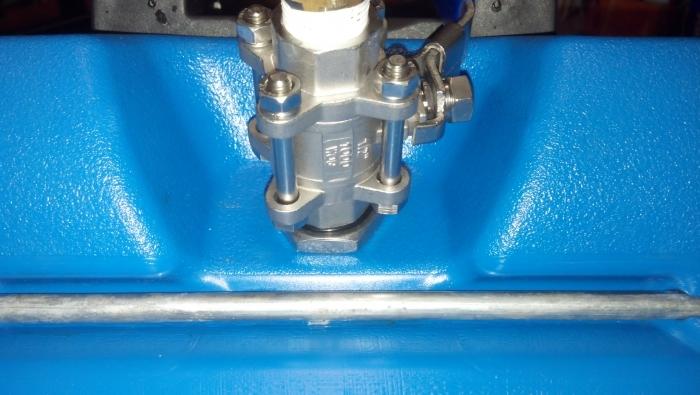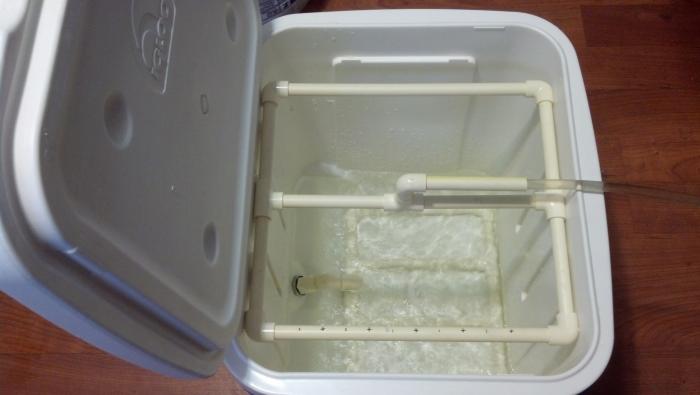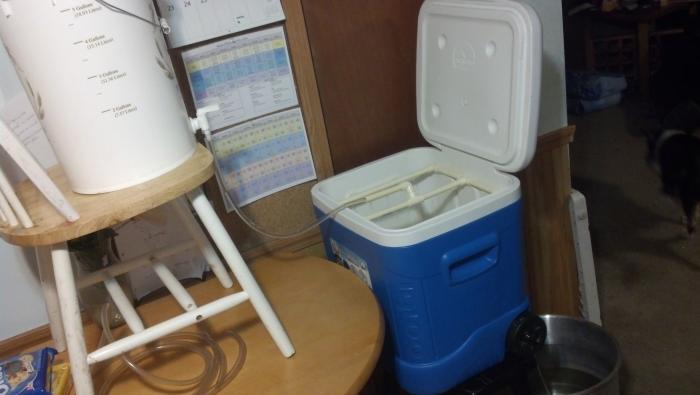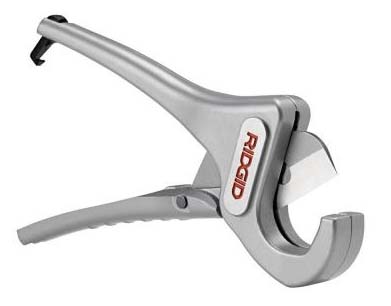aledawg
Active Member
Here you go!
Overview of mash tun

The mashing manifold upside down, showing the slits which were cut with a hacksaw and "polished" with sandpaper

Showing the "neck" of the mashing manifold

This is the fly sparging manifold which is mounted under the lid of the mash tun

Inside the mash tun, showing the connector from valve-manifold neck

Inside mash tun, manifold connected

Close-up of manifold neck connected to valve adapters

Outside valve

Close-up of outside, a mixture of rubber and metal washers

Hope that helps!
Overview of mash tun
The mashing manifold upside down, showing the slits which were cut with a hacksaw and "polished" with sandpaper
Showing the "neck" of the mashing manifold
This is the fly sparging manifold which is mounted under the lid of the mash tun
Inside the mash tun, showing the connector from valve-manifold neck
Inside mash tun, manifold connected
Close-up of manifold neck connected to valve adapters
Outside valve
Close-up of outside, a mixture of rubber and metal washers
Hope that helps!


























































![Craft A Brew - Safale BE-256 Yeast - Fermentis - Belgian Ale Dry Yeast - For Belgian & Strong Ales - Ingredients for Home Brewing - Beer Making Supplies - [3 Pack]](https://m.media-amazon.com/images/I/51bcKEwQmWL._SL500_.jpg)







